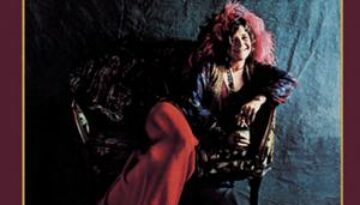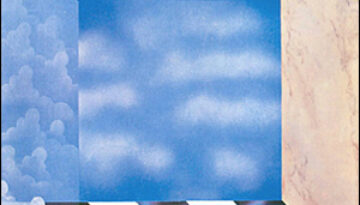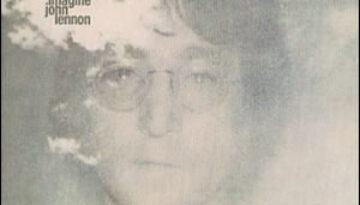Pearl by Janis Joplin
Buy Pearl Pearl was the final, posthumous album in the brief but explosive career of Janis Joplin. She died before the album’s completion on October 4, 1970, at just 27, done in by […]

Buy Pearl Pearl was the final, posthumous album in the brief but explosive career of Janis Joplin. She died before the album’s completion on October 4, 1970, at just 27, done in by […]

Buy Low Spark of High-Heeled Boys Traffic reached a level of distinction with the second album of the second incarnation of the band (their fifth album overall). The Low Spark of High-Heeled Boys […]

Buy Imagine Imagine, the second full post-Beatles album by John Lennon, kicks off with an idyllic song envisioning a utopian world where there is no conflict and everyone agrees. Sounds pretty good on […]